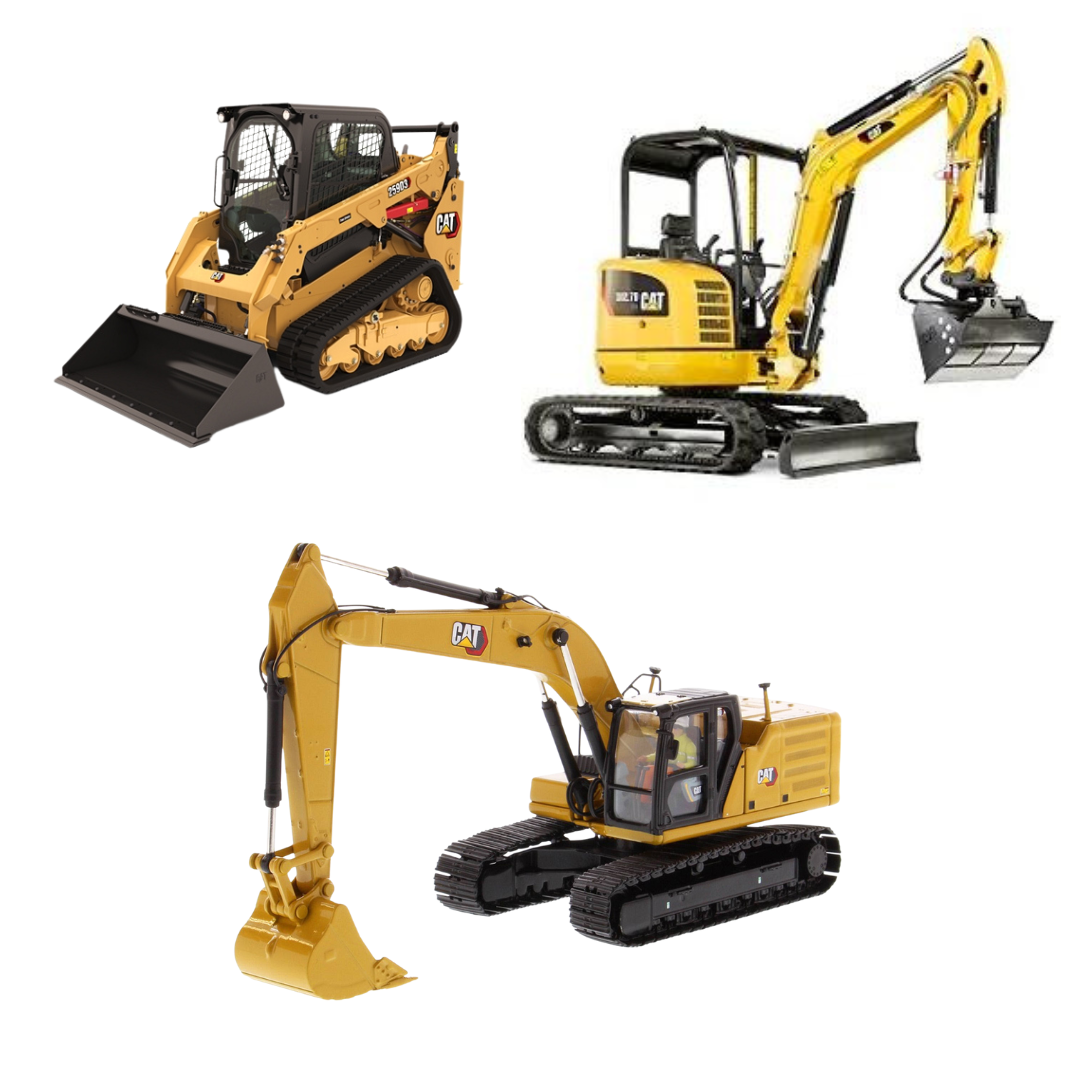Optimize Your Spending Plan by Understanding the Expenses Connected With Building Equipment Leasings
Comprehending the full extent of prices connected with building devices leasings is vital for optimizing your spending plan. While the initial rental fee may seem simple, countless additional expenses-- such as transport, fuel surcharges, and maintenance-- can swiftly collect, affecting your economic preparation. In addition, understanding various charges and the details of rental agreements can assist avoid unforeseen monetary worries. What methods can be utilized to properly handle these costs and ensure a more reliable rental experience?
Overview of Rental Costs
When thinking about construction devices rentals, understanding the associated costs is paramount for reliable budgeting and project planning. Rental expenses can differ substantially based on numerous elements, consisting of equipment type, duration of service, and area. The first rental charge often shows the tools's market demand and its connected operational capabilities, influencing the overall expenditure.
Along with the base rental rate, secondary prices might emerge, such as transportation fees, fuel surcharges, and maintenance fees. It is necessary to account for these added expenses to precisely assess the total price of renting out equipment. Additionally, the rental period can impact rates; longer rentals may get discounted prices, while temporary services may sustain greater everyday fees.

Malfunction of Rental Rates
An extensive understanding of rental rates is important for service providers and project supervisors intending to maximize their budgets. Rental rates for building and construction devices usually contain a number of components, including base prices, time-based costs, and usage costs.
Base rates are the core charges connected with the service of the equipment, often established by the type and size of the equipment. These rates can vary dramatically, affected by aspects such as equipment need, availability, and regional market trends. Time-based fees, which may be daily, weekly, or monthly, serve to accommodate various job timelines and rental periods.
Additionally, rental prices might consist of use fees, which are appropriate when equipment is used past a specified limit, guaranteeing that the rental business can represent wear and tear. Seasonal need changes can also impact rental rates, with peak building seasons usually regulating higher prices.
Additionally, recognizing the rental company's plans pertaining to upkeep and insurance coverage can offer more insight right into the total price framework. By evaluating these elements, contractors can make educated choices, making certain the choice of rental equipment straightens with both task demands and spending plan constraints.
Additional Charges to Consider
Understanding the intricacies of added charges is essential for specialists to handle their overall leasing expenditures successfully. Beyond the common rental prices, numerous supplementary fees can dramatically impact the overall price of tools leasing. These fees often include delivery and pick-up fees, which can differ based on range and logistics included in transporting the tools to and from the job site.
Moreover, some rental firms may enforce fuel surcharges if the equipment is returned with less gas than when rented out. It is also important to be aware of prospective cleansing charges, especially for specific tools that needs thorough maintenance after usage.

Thoroughly assessing the rental arrangement and clearing up these additional fees in advance can aid contractors make certain and stay clear of unanticipated expenses that budgets remain intact throughout the job lifecycle.
Upkeep and Repair Expenditures
Routine repair and maintenance costs are frequently ignored aspects that can substantially influence the total price of construction tools leasings. When leasing equipment, it is important to take into consideration not only the rental fees yet additionally the possible prices associated with maintaining the machinery in ideal operating condition.
Many rental firms consist of fundamental upkeep as component of the rental contract; however, a lot more extensive fixings or unforeseen breakdowns can lead to added expenditures. It's necessary to assess the rental agreement very carefully to comprehend what upkeep solutions are covered and what duties drop on the renter.
In addition, devices that is not well-maintained can result in inadequacies on duty site, potentially increasing and triggering hold-ups task expenses. To alleviate these dangers, it is recommended to perform regular inspections and preserve open communication with the rental provider regarding any issues why not look here that emerge during usage.
Insurance Coverage and Responsibility Expenses
Insurance and obligation costs are important components that can considerably impact the overall expense of building and construction devices leasings (mini excavator rental). These costs ensure that both the rental company and the client are shielded from prospective economic losses emerging from mishaps, damages, or theft during the rental period

In addition, customers must recognize any kind of deductibles or exclusions in the insurance coverage policy, as these can influence prospective out-of-pocket expenditures. Recognizing the terms of any type of insurance policy protection is essential to stay clear of unanticipated prices. Inevitably, budgeting for insurance and responsibility costs can help guarantee a smoother rental experience and protect versus financial threats connected with construction tasks.
Conclusion
In final thought, a thorough understanding of the costs linked with construction devices leasings is crucial for efficient budget monitoring. Ultimately, informed decision-making concerning equipment rentals contributes to the total news success of building endeavors.
Rental costs can differ dramatically based on several variables, including devices type, duration of rental, and area (boom lift rental). The rental duration can affect pricing; longer services may qualify for discounted rates, while temporary leasings might sustain higher day-to-day charges
By performing thorough study and involving with reliable rental business, service providers can properly browse the intricacies of rental prices, eventually optimizing their click here to find out more financial resources.
Beyond the typical rental rates, numerous auxiliary costs can considerably influence the total cost of equipment rental. Rental companies often provide obligation insurance policy that covers injuries to 3rd parties or damages to home, while tools damage insurance can cover the price of repair work or replacement if the rented devices is harmed.